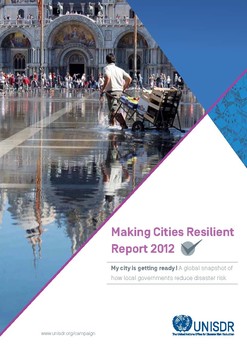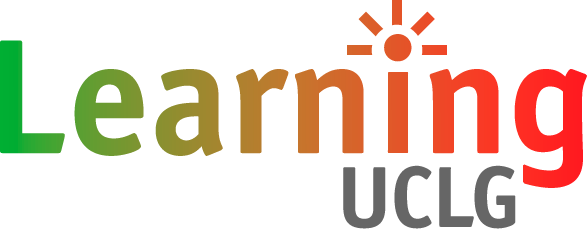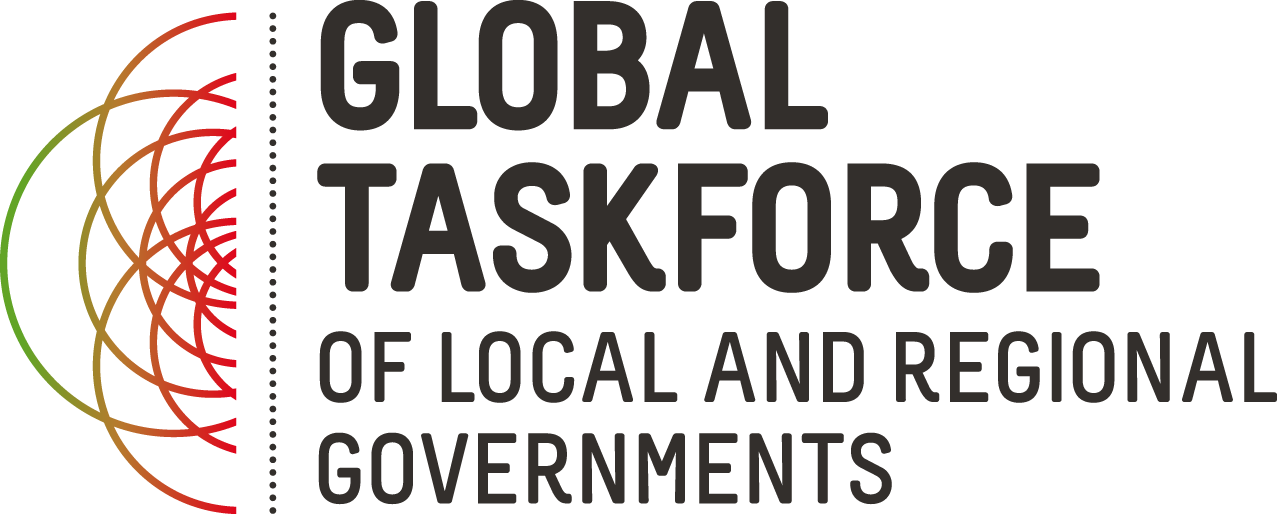
The Making Cities Resilient: ’My City is getting ready!’ campaign was launched by UNISDR with the involvment of UCLG in May 2010 to address issues of local governance and urban risk and is now ientering in its second phase.
UCLG is fully supporting the campaign, and a Mayors Statement was made during the 2011 Global Platform for Disaster Risk Reduction, the Making Cities Resilient campaign will carry on beyond 2015.
Based on the success and stock-taking by partners and participating cities in the first phase (2010-2011) the campaign will continue and shift its focus to more implementation support, city-to-city learning and cooperation, local action planning and monitoring of progress in cities. In addition, the campaign will continue to advocate widespread commitment by local governments to build resilience to disasters and increased support by national governments to cities for the purpose of strengthening local capacities. Develop global goals and targets that are applicable for all cities. Private sector partners will be targeted to support development of ’industry standards’ and innovative urban risk reduction solutions.
Mayors and local governments are both the key targets and drivers for the campaign. "I call for the need of world leaders to address climate change and reduce the increasing risk of disasters- and world leaders must include mayors, townships and community leaders." declared Ban Ki-moon, UN Secretary-General at the Incheon Conference "Building an Alliance of Local Governments for Disaster Risk Reduction" on 09th August.
Local government officials are faced with the threat of disasters on a daily basis and need better access to policies and tools to effectively deal with them. The Hyogo Framework for Action 2005-2015: Building the Resilience of Nations and Communities to Disasters offers solutions for local governments and actors to manage and reduce urban risk. Urban risk reduction provides opportunities for capital investments through infrastructure upgrades and improvements, building retrofits for energy efficiency and safety, urban renovation and renewal, cleaner energies, and slum upgrading. Local governments are the closest level of government to citizens and their communities. They play the first role in responding to crises and emergencies. They deliver essential services to their citizens, such as health, education, transport and water services, which need to be made resilient to disasters. Based on the five priorities of the Hyogo framework for Action (HFA), a ten-point checklist for making cities resilient was developed that local governments sign up to. By doing so, local governments commit to implement disaster risk reduction activities along these Ten Essentials.
National governments, local government associations, international, regional and civil society organizations, donors, the private sector, academia and professional associations as well as every citizen needs to be engaged in reducing their risk to disasters. All these stakeholders must play their part in contributing to building disaster resilient cities.
Download the Toolkit: How to Make Cities Resilient
Download the report "Making Cities Resilient 2012"
For more information on the campaign and how to sign-up, please see: www.unisdr.org/campaign
Source: UNISDR










